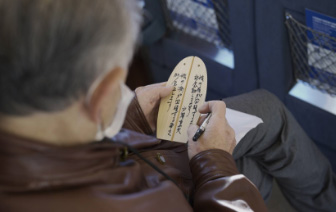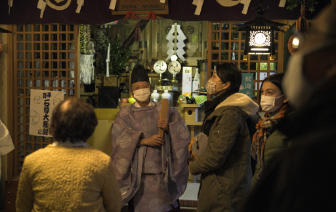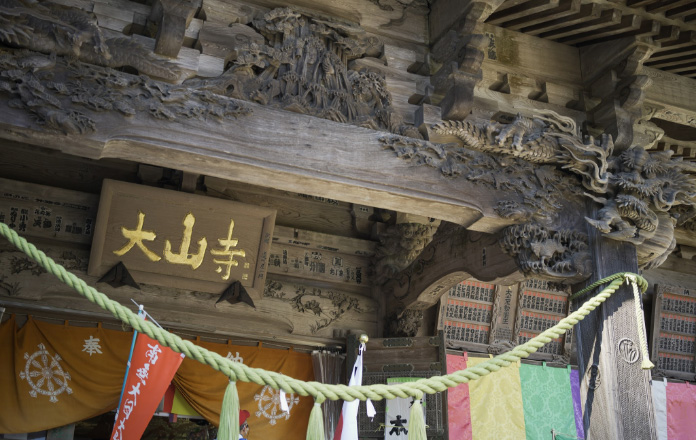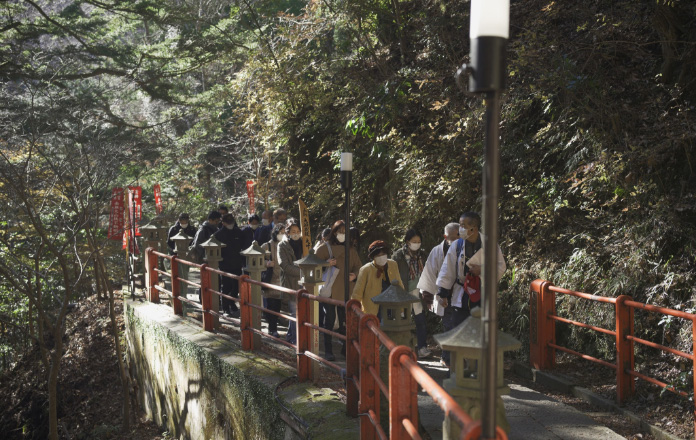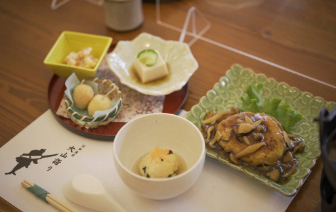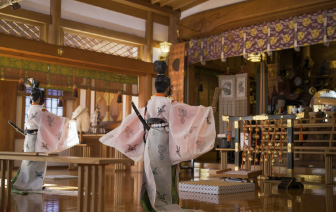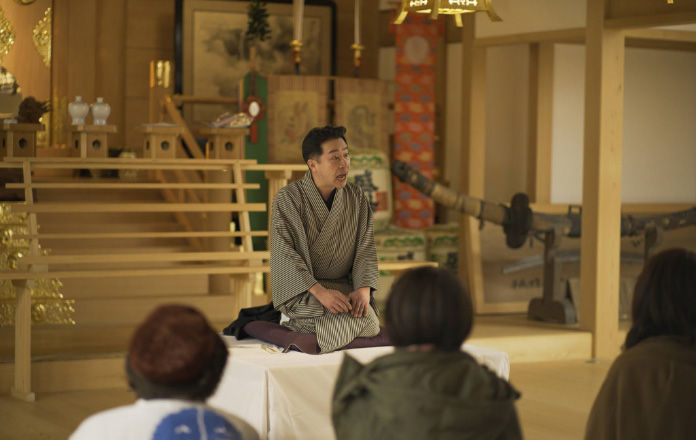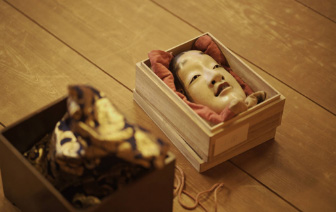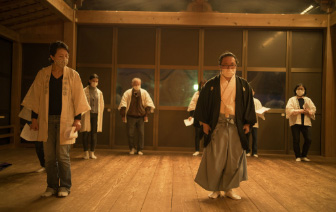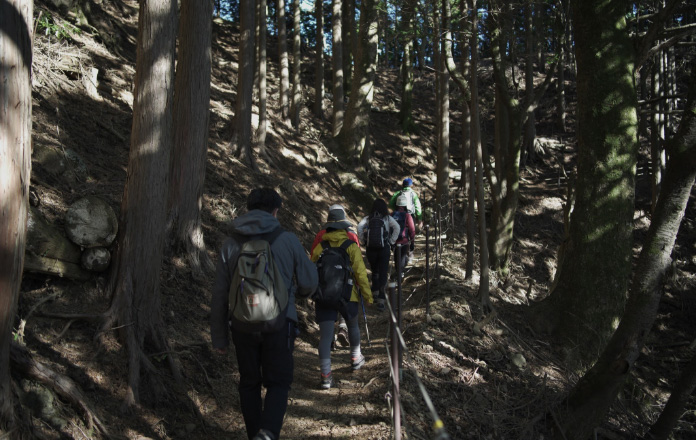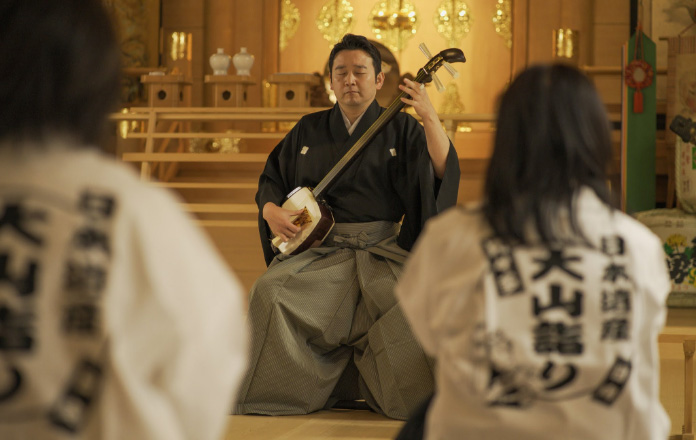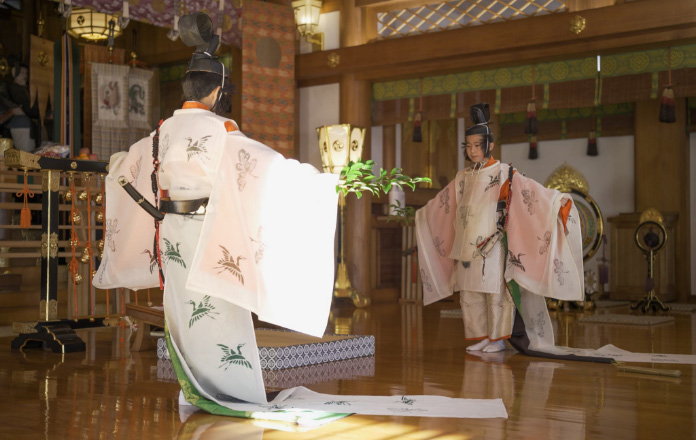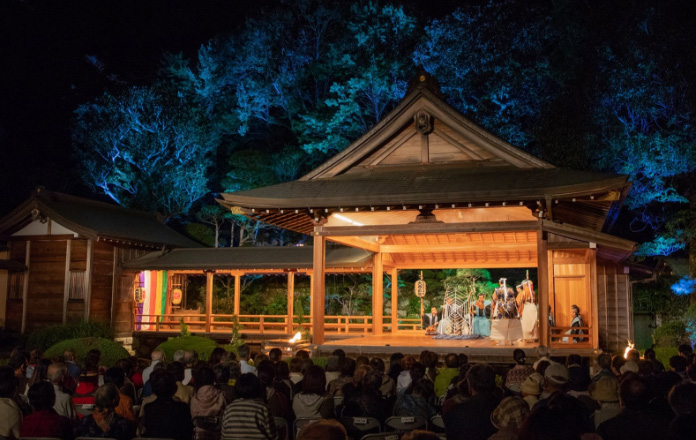NOBODY KNOWS Tour
ISEHARA
Tour
Oyama pilgrimage tour with performing arts
ーMt. Oyama, a land of ancient faith Experience the culture and performing arts nurtured with the rites
Isehara, Kanagawa pref.
Special tour, the world of the Japanese heritage "Destination for the Faith and Leisure of Edo’s Commoners: the Mt. Oyama Pilgrimage with a large wooden sword", enjoying worshiping and performing arts.
- Date
-
19th December 2021 10:30-17:30
*There was a tour for Japanese on the day before. - Fee
- 10,000yen
- Route
-
■Your preference regarding hiking
8:30 Meet at Isehara Station, North Exit
8:45 Isehara to Oyama Cable (9:12)Take bus with guide to cable car station bus stop(Self pay)
Half Day Hike to Mt. Oyama (Koma Sando approach and shopping street Onna zaka hiking trail Oyama Temple Lower shrine of Oyama Afuri Shrine Niju daki waterfall Miharashi dai view point)
■ For all of the participants
10:30 Meet at Isehara Station, North Exit
10:45 Isehara to Oyama Cable (11:12)Take bus with guide to cable car station bus stop (Self pay)
11:40 Oyama cable to Oyama Afuri Shrine Lower Shrine
12:00 Oyama Afuri Shrine
Lunch in the assembly hall, explanation by shrine priest, division into pilgrimage groups(Vegan lunch using local Isehara produce and tofu)
12:45 Formal blessing inside the shrine, sacred dance by local elementary students
13:40 Performance of Japanese music (shamisen)
14:20 Descend from shrine via cable car to Oyama Temple
14:30 Arrive Oyama Temple
Tour Oyama Temple(See statue of Buddhist deity Fudo o Myoo.)
15:20 Descent via cable car to the lower station
15:55 Arrive at Oyama Noh stage Tour of Noh stage and Noh theater experience(Backstage tour and explanation of Noh masks, etc. Participants will put on tabi socks and trying “suri ashi” way of walking.)
17:30 End of tour
Mt. Oyama Pilgrimage
t. Oyama is also known as "the rainy mountain" and has long been a place for praying for rain and huge
harvest. During the Edo period, it became very popular destination for a short trip since it is closer than
Mt. Fuji, and it was said that one-fifth of the population of Edo visited every year. Ukiyoe shows stylish
Edo’s citizens worship with a wooden sword by funding from a local community and a group of professionals to
form a "Ko (a group of pilgrimage)".
The approach to the summit has been maintained as a mountain trail that has not changed since that time. And
also, the cable car opened in 1931.
In 2020, we will have a video filled with guides on the rich history and nature of Mt. Oyama, “Mt. Oyama
Pilgrimage and traditional performing arts”
Tour for Japanese
As a tour to experience the "Oyama Pilgrimage" that became popular in the Edo period, we chartered an express Romance car from Shinjuku Station to Isehara. The guide is Kingentei Bagyoku, a rakugo performer with ties to Oyama. We enjoyed deepening the history and culture with a local guide in the vehicle and on the bus. When you arrive at Oyama, you wear gyoui (special coats) at a lodging house, receive a service, visit Oyama-dera Temple, and start on the way to the Oyama Afuri Shrine.
Arriving at the Oyama Afuri Shrine Shimosha, eat "Yudofuzen" using the famous Oyama Tofu and go to the "formal blessing" at the worship hall. After receiving the purification along with the dedication of Kagura (sacred dance), you enjoyed the rakugo "Oyama Pilgrimage" by Kingentei Bagyoku. At the end, you can experience Noh's movement and costume dressing on the Noh stage of the shrine.
Tour for foreigners
“Pilgrimage Experience and Shamisen Concert” was held as a tour for foreigners. Mountain climbing with an interpreter guide is an option in the morning, and we gathered at Oyama Afuri Shrine for lunch. After the formal blessing, we appreciate shamisen music that blossomed in the Edo period (performance: Kineya Katsujuro). It was a program to visit Oyama-dera temple on the way back and experience Noh on the Noh stage.
FOLK PERFORMANCE
Kagura Dance (Sacred Dance)
It is dedicated as a kagura dance of Oyama Afuri Shrine. It was taught in 1873 by the Tomita family of Kasuga Taisha shrine in Nara, and has inherited 11 Yamato-mai dances (for male) and 9 shrine maiden dances. Even now, the place where so many Kagura dances are transmitted is rare.
Oyama Noh
At the early modern point, when the Tokugawa shogunate was concerned about the continuing fight between monks and Yamabushi in Oyama, the Tokugawa shogunate dispatched the Kanze school Noh performer "Kishi Matashichiro" to this place. It is said that the fight gradually settles and it became a peaceful mountain when both sides learn Noh and it is made to show off twice a year. It revived from the decline by the confusion in postwar days, and the Oyama Noh-gakusha is organized under the guidance of the Kanze style family and Okura style kyogenshi Yamamoto Toujiro now, and the Takigi Noh is held every year.
PERFORMERS
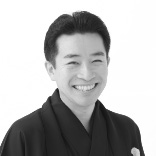
Kingentei Bagyoku (Rakugo)
Born in 1979 in Isehara city, Kanagawa prefecture. Became a disciple of Kingentei Basho Ⅺ in 2000. Promoted to the highest rank in 2015 and succeeded the name Kingentei BagyokuⅡ. Performing Rakugo (a form of Japanese verbal entertainment, involving a lone storyteller onstage depicting a comical story) throughout the country at major venues and schools. A Member of "Shikashibai", a play by storyteller founded in the Edo era, and also an expert of farce in Daikagura (street performances of a lion dance and jugglery) and Nihonbuyo (Japanese classical dance). Since 2016, has been contributing to the special onboard announcements of the Kanachu bus.
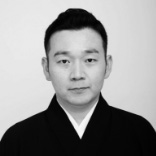
Kineya Katsujuro(Shamisen)
Born on 1978 in Chiba. Graduated from Tokyo University of the Arts. Has shiny sound and skillful technique. Plays in variety of performances such as Kabuki, Nihonbuyo (Japanese classical dance), and other concerts. Has won awards in playing Tsugaru-shamisen as well.




